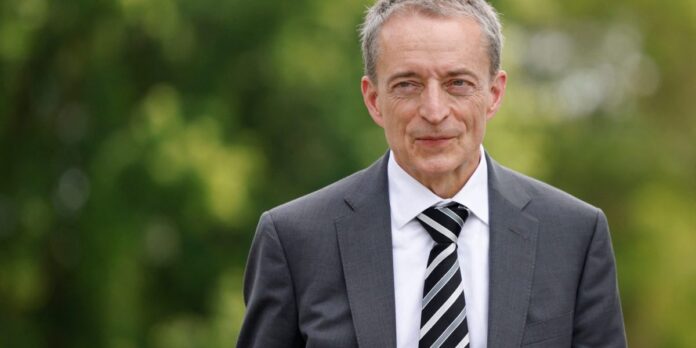Pat Gelsinger, the Chief Executive Officer of Intel Corp., who was brought in to lead a bold turnaround of the iconic chipmaker in 2021, is stepping down as the company’s comeback faltered, causing it to fall further behind competitors.
David Zinsner, Intel’s Chief Financial Officer, and Michelle Johnston Holthaus, who will assume the role of CEO of the company’s product group, are currently serving as interim co-CEOs while the board seeks Gelsinger’s replacement. Frank Yeary, the independent chair of Intel’s board, will serve as interim executive chair.
When Gelsinger, aged 63, was recruited to lead Intel three years ago, he was seen as the savior of the chip pioneer. With a history of working at the company since his teenage years, Gelsinger returned to Intel after a stint as CEO of VMware Inc. Gelsinger aimed to restore the chipmaker’s technological dominance against competitors like Taiwan Semiconductor Manufacturing Co.
In his efforts to revive Intel, Gelsinger planned to transform the company into a custom chip manufacturer for other firms, an area where TSMC and Samsung Electronics Co. excelled. As part of this strategy, Intel proposed an expensive expansion of its factory network, including the construction of a new complex in Ohio with federal aid from the Chips and Science Act.
Throughout his tenure, Gelsinger faced challenges from Nvidia Corp., whose graphics chips became pivotal for data centers, particularly in artificial intelligence development. While Intel has its own AI accelerator called the Gaudi line, it still lags behind Nvidia.
Intel’s recent struggles deal a blow to the Biden administration’s goals of strengthening the US semiconductor industry. President Joe Biden had visited Chandler, Arizona in March to announce Intel as the largest recipient of the Chips Act award, which allocated funds to boost domestic semiconductor manufacturing.
Intel’s difficulties were underscored in a disappointing earnings report on Aug. 1, resulting in a surprising loss and a bleak sales forecast. Intel’s dividend was suspended for the first time since 1992, and the company announced plans to reduce its workforce by more than 15% of its 110,000 employees.
In her new role as CEO of Intel Products, Holthaus will be responsible for overseeing the company’s client computing, data center, AI, network, and edge groups. Holthaus, who has been with Intel for nearly thirty years, previously held the position of executive vice president and general manager of client computing.




